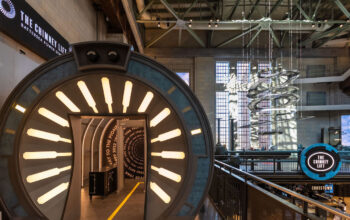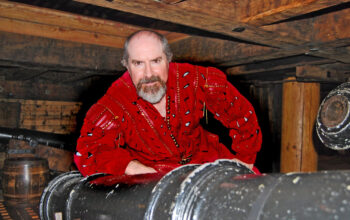UK’s Lunar Mission One will explore moon’s south pole, scientists reveal

Lunar Mission One, the UK’s crowd-funded space operation, plans to be the first team to land an unmanned robotic module on the south pole of the moon.
The proposed landing site, Aitken Impact Basin, is roughly 13 km (eight miles) deep, and one of the largest known impact craters of our solar system.
Once on the site, the mission will use pioneering technology to drill to a depth between 20 and 100 m and gather samples that have never been examined before.
The European Space Agency’s (ESA) recently scrapped mission to the moon’s south pole did not, unlike the Lunar Mission One, propose to perform drilling experiments.
The Lunar Mission One team anticipate their project will improve scientific understanding of the early solar system and the formation of the Earth and its satellite, and study the conditions which may have initiated life on our planet.
The lander will also analyse and date lunar rock, study the geological composition of the moon and the effects of bombardments from asteroids, and help reveal whether the lunar south pole can be used as a site for a manned moon base.
NASA considers the moon’s south pole to be an ideal location for a lunar base. The rims of the massive crater receive almost perpetual sunlight for solar power, while the depths of the crater may even hold deposits of ice-water.
Lunar Mission One has key state-of-the-art technical support from institutions such as the UK Space Agency (UKSA) and the UK’s Rutherford Appleton Laboratory (RAL), which was part of the engineering team behind the Rosetta-Philae mission that recently landed a robotic probe on the Churyumov-Gerasimenko comet.
David Iron, the founder of Lunar Mission One, has been part of over 100 high-tech projects, including the €5 billion Galileo satellite project which will help create Europe’s own GPS network.
Praising the mission, BBC Two’s Human Universe presenter Professor Brian Cox said: “For me the exciting thing about Lunar Mission One is that everyone can play a part directly in the funding, they can know that they have given this money, and that money is going to go into the technology which is going to land on the Moon and do the science.”
The project needs to raise an additional £140,000 by mid-December in order to proceed.
Chris Gilroy

























Facebook
Twitter
Instagram
YouTube
RSS